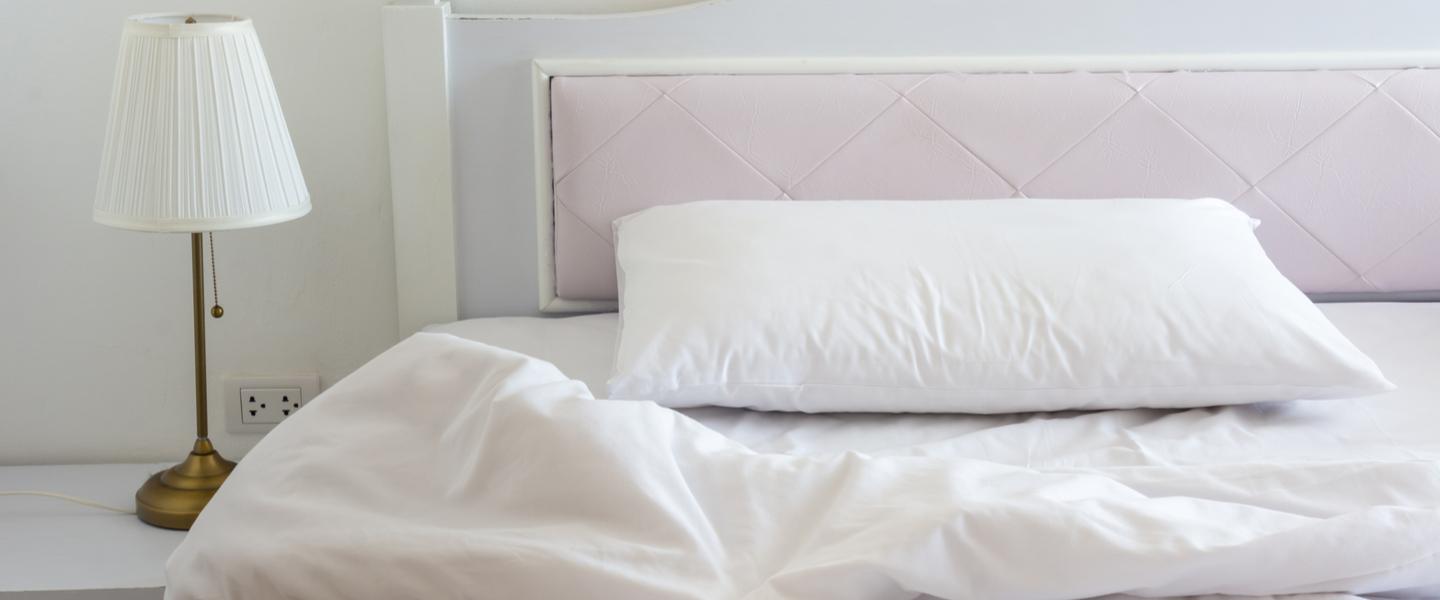What Size is a Standard Pillow?
At first glance, the number of options out there for pillows can be staggering. All of the different shapes, sizes and materials available can easily overwhelm you, making it hard to know which pillow is right for you.
Typically, standard pillows are the most common size used for beds in the UK. But how big are these pillows and do you need a different pillow size for single, double and king mattresses?
Read our guide to discover the options out there for pillows to see which one is best for your bed.
Pillow sizes for standard pillow types
You've probably seen that pillows come in all shapes and sizes. There are several pillow shapes for different sizes of mattresses out there on the market. Getting the right pillow for your bedroom requires knowing what size mattress you have. Here are the main different sizes of pillows and what mattresses they fit best with:
Standard size pillow
Our standard pillows measure 48cm by 74cm and these are the most commonly used pillows. One of these pillows fits easily into a standard pillowcase and on to a single mattress. Those out there with double or queen size beds will need two to fit across the mattress. To fit the width of a super king size mattress, you may need three of these pillows.
Queen size pillow
Queen size pillows are larger than standard ones, measuring 51cm by 76cm. These are designed for wider beds, including doubles. A queen size pillow is also suitable for sleepers that move around during the night thanks to the pillow's extra length, giving you more room to move.
Two queen pillows will fit perfectly on a queen mattress with no issue but will leave a gap in the middle when used on a king size bed.
King size pillow
King size pillows are the longest pillow available for your head, measuring 51cm by 92cm. These pillows are the best for sleepers that move around during the night because of this extra size.
Two pillows fit no problem across a king or super king. Two of these pillows will also work on a queen size mattress with no gap in between them.
Body size pillow
The largest of the bunch, body pillows, measure around 51cm by 137cm. Side sleepers favour these pillows because they can simultaneously rest the pillow underneath the head and between their knees. These pillows help to take some weight off the hips by keeping the top knee lifted.
These pillows are also great for pregnant women because they can help take some pressure off the belly and better support the spine during rest.
How do I know which pillow size is right for me?
Part of getting a good night's sleep is choosing the right size pillow for you and your needs. While it might seem that the best choice is to match your mattress to the same size pillow, it may not be that simple. Different kinds of sleepers will have different needs for the pillows that they purchase.
Here are the different things you should consider to figure out what size pillow works best for you:
- The size of your mattress: The larger your mattress, the larger the pillow you will need, or you could choose multiple standard size pillows to fit the entire width of the bed.
- What kind of sleeper you are: Side sleepers tend to prefer a firm pillow to support their neck, while back sleepers prefer a medium pillow and stomach sleepers prefer a soft pillow.
- Decor preferences: Some homeowners prefer a minimalist look, while others want to load up their beds with pillows to create as comfy of a feeling in their bedroom as possible.
The main thing to take from these tips is that there is no standard pillow, even if there is a standard pillow size. A side sleeper and a single bed might prefer a queen size pillow to accommodate their tossing and turning. Likewise, a couple with a king size mattress might prefer a bunch of queen and standard size pillows to adorn the headboard of their bed.
Ultimately, you'll have to choose what makes the most sense for you.
What to look for when buying pillows
Before you go out and buy the first pillow that you find, take a moment and think about what you need for your bedroom. Not all pillows are the same, and everybody sleeps in a different position. You'll need to find a pillow that will best suit your sleep habits and decor preferences.
Here are some of the big things to look out for before you buy a pillow:
- Size: The pillow that you purchase should be appropriate for the size of your mattress and your needs as a sleeper.
- Material: If you prefer certain kinds of materials or have an allergy to avoid, check the materials the pillow is made out of before buying. Anti-allergy pillows are an excellent option for allergy sufferers, for example.
- Firmness: The firmness of your pillow depends entirely on your preferences and the position in which you sleep. As a result, the best pillows for side sleepers, front sleepers and back sleepers vary.
A little bit of research ahead of time can go a long way before purchasing a pillow. Take a look at the different pillows that are out there on the market and see if you can find one that matches your needs.
How to measure a pillow
When you're shopping for a pillow, you might want to pick up some pillowcases as well. To find the correct pillowcases, you'll need to be able to measure your pillows accurately. These are the steps to follow to do just that:
Step one: Use a flexible ruler or measuring tape
Because of how the pillow is shaped, you can't take its measurements using a standard ruler. If you have a flexible measuring tape or a retractable measuring tape, that will work out better. The flexibility lets them match the pillow's contours, giving you a more accurate measurement.
Step two: Measure the height
With your flexible measuring tape, place one end on the seam on one of the longer sides. From there, stretch the measuring tape out across the height of the pillow to the opposite end. Make sure your measuring tape is parallel with the short side you're trying to measure. The number on the measuring tape closest to the seam is your height.
Step three: Measure the width
With the height figured out of the pillow, next is the width. Take your measuring tape and place one end on one of the seams from the shorter side. Draw the measuring tape across the width of the pillow to the opposite seam. You'll take your measurements here just like you did for the height.
Why pillow size matters
Pillow size is vital because you want to sleep on something that is comfortable and suits your body. If you turn in for the night on a bed or pillow that makes you toss and turn, your sleep is going to be terrible. You wake up the next day irritable, tired, and unproductive.
Instead, if you can find a pillow size that works for you and your sleep habits, you can give yourself a better shot at a good night's rest. Sleep is vital for a healthy lifestyle. Plus, no one ever complains about getting too much sleep!
Other types of pillows
Other types of pillows, called speciality pillows, can be found out there as well. Some of these pillows serve purposes other than your standard bedroom pillow. Here are some examples of what those pillows are:
- Euro: Also called square pillows, these pillows have the same height as they do to give them their square shape, making them great decorative or throw pillows.
- Orthopaedic: Specialty pillows designed to keep the spine aligned with the head and neck for a better nights sleep without pain.
- Travel: These pillows have a circular or horseshoe shape that fits around the neck, letting you rest your head whenever you travel.
- Wedge: These pillows have a triangle shape and a taper on one end, which can help those that lay on them avoid symptoms of sleep apnea or snoring.
Pillow materials
Not all pillows consist of the same kinds of materials. Depending on the firmness and comfort level they're looking to achieve, manufacturers will use different materials to suit different sleepers. Other conditions, such as allergies, are considered in material choices as well.
Here are some of the typical pillow materials:
- Memory foam: The material in a memory foam pillow is a responsive, form-fitting foam designed to fit the head, neck, and shoulders of the sleeper.
- Feathers: Feather pillows are typically made from either goose or duck feathers from the bird's underside, making up the stuffing for these pillows.
- Down: Duck down or goose down pillows are incredibly comfortable and made from small and fluffy down feathers from the bird.
- Hollowfibre: These synthetic particles come in different heights and densities to alter how the hollowfibre pillow contours the head and shoulders.
Frequently asked questions about standard pillow sizes
Believe it or not, there's a lot to talk about in the world of pillows. People are constantly searching for answers about the best things to do when buying and using their pillows. Here are some of the common questions we have found out there about pillows:
How many pillows does your bed need?
There isn't a required number of how many pillows you should sleep with. In general, the best practice is to have enough pillows so that they line up across your mattress length without any gaps.
The exact number will depend on what size your mattress is. Pillows of one size will stretch across the width of a mattress at the same size. However, you will need more if you get smaller pillows, such as standard size pillows for a king mattress.
How much bigger should a pillowcase be than a pillow?
Your pillowcases should be a little bigger than your pillows to save yourself some headaches when changing out the casings. Usually, this works out to an extra 2.5cm - 5cm of length and an extra 2.5cm of width for the pillowcase compared to the pillow. This extra leeway will make it so you can get the pillow inside the case without forcing it inside.
What are the common sizes available for pillow covers?
For the standard, non-Euro pillows, these are the common pillowcase sizes:
- Standard: 50cm by 75cm
- Queen: 53cm by 81cm
- King: 53cm by 95cm
Will a queen pillow fit in a standard pillowcase?
In general, standard size queen pillows will fit inside of a standard pillowcase. Stuffing a queen pillow into a standard pillowcase can be difficult. But, it will fit inside snugly.
If you prefer a looser look to your pillowcases, then look into getting a queen size pillowcase for your pillow.
Are firm pillows better than softer pillows?
Using a firm or soft pillow is going to come down to personal comfort and sleeping habits. The point of using a pillow when you sleep is to keep your neck and head supported while you rest. Doing this allows you to get deeper sleep by preventing muscle fatigue in your neck or spine.
Firm pillows tend to be better for side sleepers because they hold up better when supporting the neck. On the other hand, a softer pillow is better for back or stomach sleepers because these sleeping positions don't require as much alignment.
What size is a euro pillow?
There is no one size for a Euro pillow. Instead, these pillows are square and come in several different sizes due to them being decorative pillows. These pillows typically come in 65cm by 65cm (standard) and 80cm by 80cm (large) squares.
At Sleepseeker, we have many different pillows and duvets available for you to add to your mattress. If you need any advice such as how many pillows you should sleep with, please get in contact with us.
What's trending now...
-
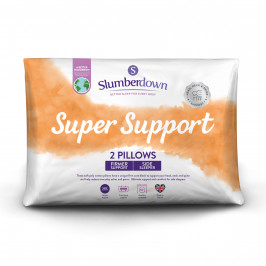
Slumberdown Super Support Firm Support Side Sleeper Pillow, 2 Pack
£17.00
Shop Now -
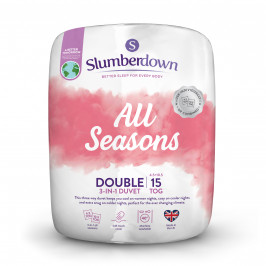
Slumberdown All Seasons Combi 15 Tog (10.5 + 4.5 Tog) Double Duvet
£30.50
Shop Now -
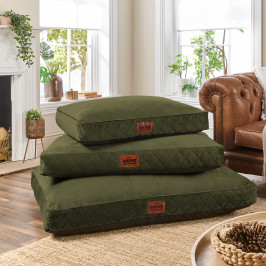
Slumberdown Paws for Slumber Olive Green Pet bed, Medium
£39.00
Shop Now -

Slumberdown Wonderful Wool Mattress Topper
From: £54.50
Shop Now -

Slumberdown Paws for Slumber Extra Large Pet Bed Spare Cover, Grey
£20.00
Shop Now -
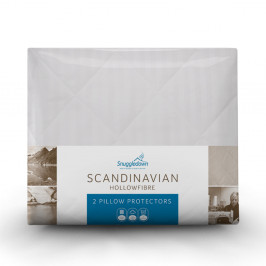
Snuggledown Scandinavian Hollowfibre Pillow Protector - Pack of 2
£15.00
Shop Now -

Slumberdown Waterproof Mattress Protector - Double
£17.50
Shop Now -
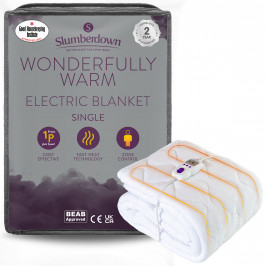
Slumberdown Wonderfully Warm Electric Blanket - Single
£60.00
Shop Now -

Slumberdown Unwind Outside 2-in-1 Waterproof Cocoon Set, Burnt Orange
£30.00
Shop Now -
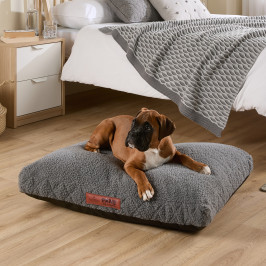
Slumberdown Paws For Slumber Sherpa Pet Bed, Medium
From: £25.00
Shop Now -
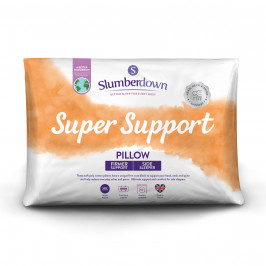
Slumberdown Super Support Firm Support Side Sleeper Pillow
From: £17.00
Shop Now -
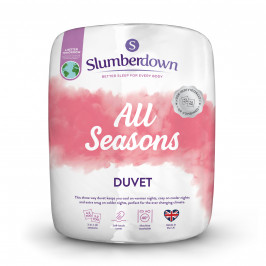
Slumberdown All Seasons Combi Duvet
From: £25.50
Shop Now -
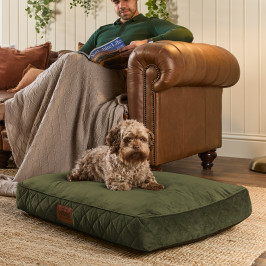
Slumberdown Paws for Slumber Medium Pet Bed
From: £39.00
Shop Now -
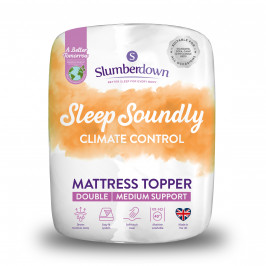
Slumberdown Sleep Soundly Climate Control Mattress Topper, Double
£33.50
Shop Now -

Slumberdown Paws for Slumber Extra Large Pet Bed Spare Cover
From: £20.00
Shop Now -
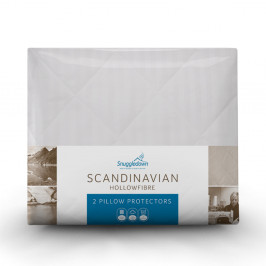
Snuggledown Scandinavian Hollowfibre Pillow Protector
From: £15.00
Shop Now -

Slumberdown Waterproof Mattress Protector
From: £16.00
Shop Now -
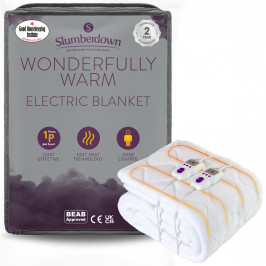
Slumberdown Wonderfully Warm Electric Blanket
From: £60.00
Shop Now -

Slumberdown Unwind Outside 2-in-1 Waterproof Cocoon Set
From: £30.00
Shop Now -
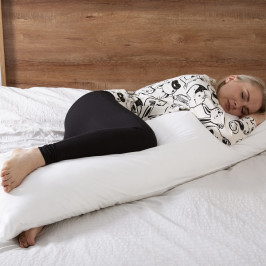
Slumberdown Body Support Pillow, 1 Pack, Includes 100% Cotton Pillow Case
£20.00
Shop Now -
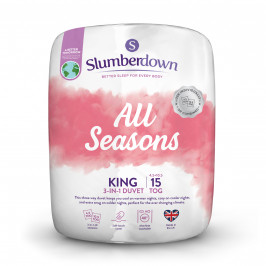
Slumberdown All Seasons Combi 15 Tog (10.5 + 4.5 Tog) King Size Duvet
£34.00
Shop Now


